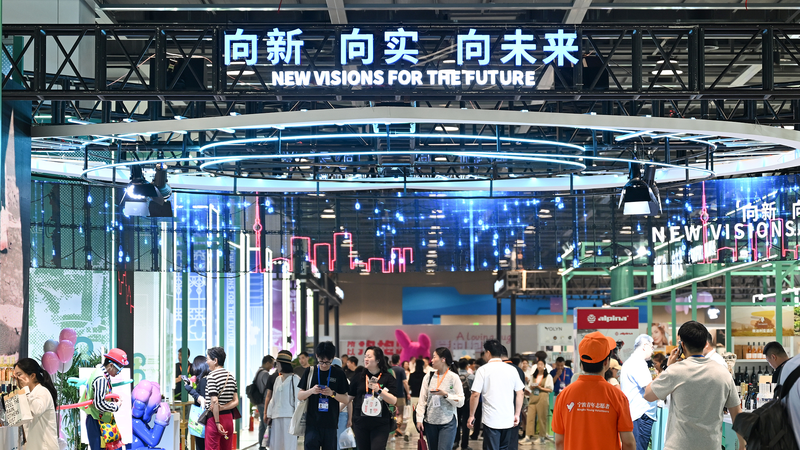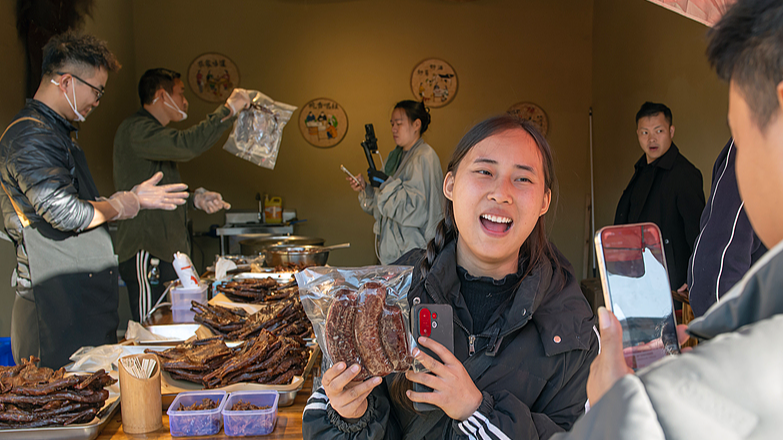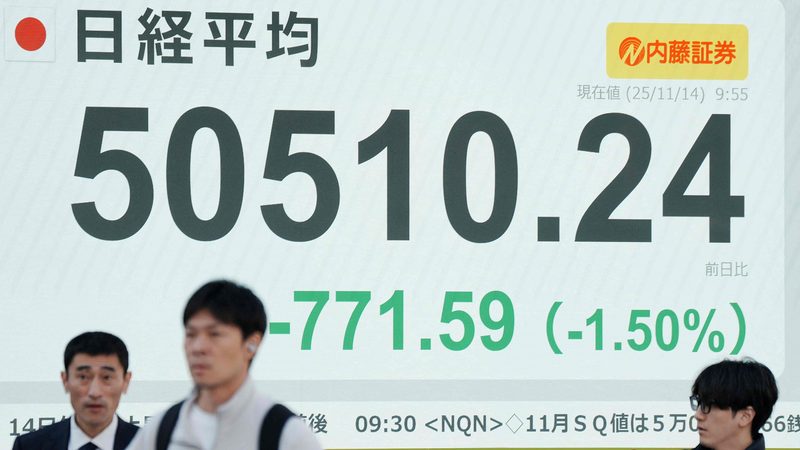At this year’s China-Central and Eastern European Countries (CEEC) Expo in Ningbo in the Chinese mainland, a sensory journey awaits. Fine Serbian red wine, freeze-dried fruits and single-origin coffee are just the opening acts as global procurement teams dive into trade talks with exhibitors from the CEEC bloc.
While Slovakia, Slovenia, Hungary and Poland brought their own national pavilions packed with specialty goods, this year’s expo marks a wider vision. May 2025 signs the end of the “16+1” era and the launch of a partnership with all Europe.
France, Germany, Italy and Spain—long outside the CEEC circle—now stand side by side with Central and Eastern European neighbors. Their national pavilions and consumer brands underscore a shared appetite for:
- Science and digital innovation
- Education and cultural exchange
- Tourism and sustainable development
Key takeaways from the expo:
- A “golden corridor” linking Asia and Europe, now widened to include Western Europe’s market power
- Over 20 national pavilions creating a dynamic trade ecosystem
- Emerging opportunities in green tech, cultural tourism and cross-border e-commerce
For young entrepreneurs, thought leaders and digital nomads, the 2025 CEEC Expo signals more than product showcases. It’s a blueprint for future collaboration, where the spirit of innovation, cultural diversity and global trade converge on one stage.
Reference(s):
From "16+1" to all Europe: 2025 CEEC Expo bridges continental ties
cgtn.com




